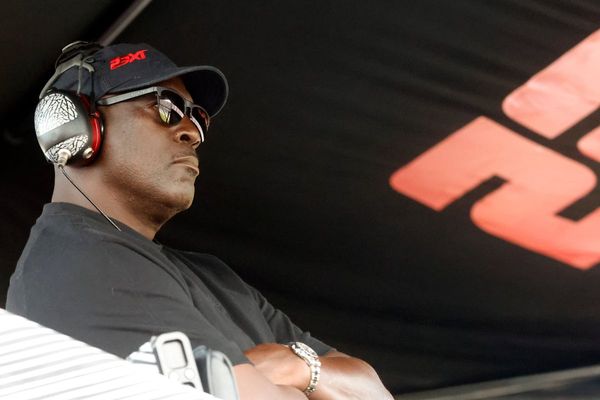The Supreme Court on Thursday reserved its order on a petition challenging “the unauthorised and illegal constructions” conducted by the Odisha authorities adjacent to the famous 12th century Puri Jagannath temple as part of the ₹800-crore Shree Mandira Parikrama project.
The project is presented as a redevelopment exercise. It is reportedly the biggest the temple has seen in centuries and involves a 75-metre corridor around the Meghanada Prachira, the outer wall of the Shree Jagannath temple.
However, a Vacation Bench of Justices B.R. Gavai and Hima Kohli heard Ardhendu Kumar Das, represented by senior advocate Mahalakshmi Pavani and advocate Tomy Chacko, who contended that the “illegal construction” undertaken by the State authorities in the “prohibited area” has resulted in “desecration and downright destruction of the archaeological remains of the heritage site in contravention to the constitutional mandate of Article 49 (protection of monuments and places and objects of national importance) and the provisions of the Ancient Monuments and Archaeological Sites and Remains Act.
Ms. Pavani said there was a complete embargo on construction in the prohibited area. The senior advocate said the illegal constructions were being built under the guise of the “unsanctioned” Shree Mandira Parikrama project conducted by the Odisha Bridge and Construction Corporation.
Competent authority
She submitted that the application for permission for the works was made to the National Monuments Authority.
“The competent authority for all new constructions in the prohibited area of the monument is Director-General, Archaeological Survey of India,” she argued from the petition.
Ms. Pavani said a site inspection in 2021 had observed that there was a “fabrication” of several unsanctioned and unauthorised structures in the prohibited areas of the temple, including tourist shed, kiosk desk which have not been included in the project proposal of the temple management and administrators. No ground penetrating radar survey was done to check the sub-soil for objects of historical or archaeological interest lying buried there.
The height of reception centre and administration office mars the view of the Meghanada Prachira.
Countering, the Advocate General of Odisha submitted that the word ‘construction’ did not mean repair, renovation, cleaning of drainage works, toilets, adjacent to the temple in order to benefit the lakhs of pilgrims who visit the temple.
‘ASI has given nod’
“It is going to be a world heritage site. This is a priority project for the State. Whatever issues there were, they were resolved in the spirit of understanding... What we are doing only covers one per cent of the Parikrama area. The ASI has given permission, the National Monuments Authority has also given permission,” Odisha’s top law officer submitted.
“The ASI and the State government have to work together... It is not to harm or damage any ancient relics or structures. The project work would be executed with the sanctity and ethnicity of the monument,” the Advocate-General submitted. He said the reception area had been moved to the regulated areas.
Senior advocate Pinaki Misra said the corridors were being widened to avoid a stampede. “This is a public interest project,” he submitted.
The court said it would pronounce orders on June 3.







